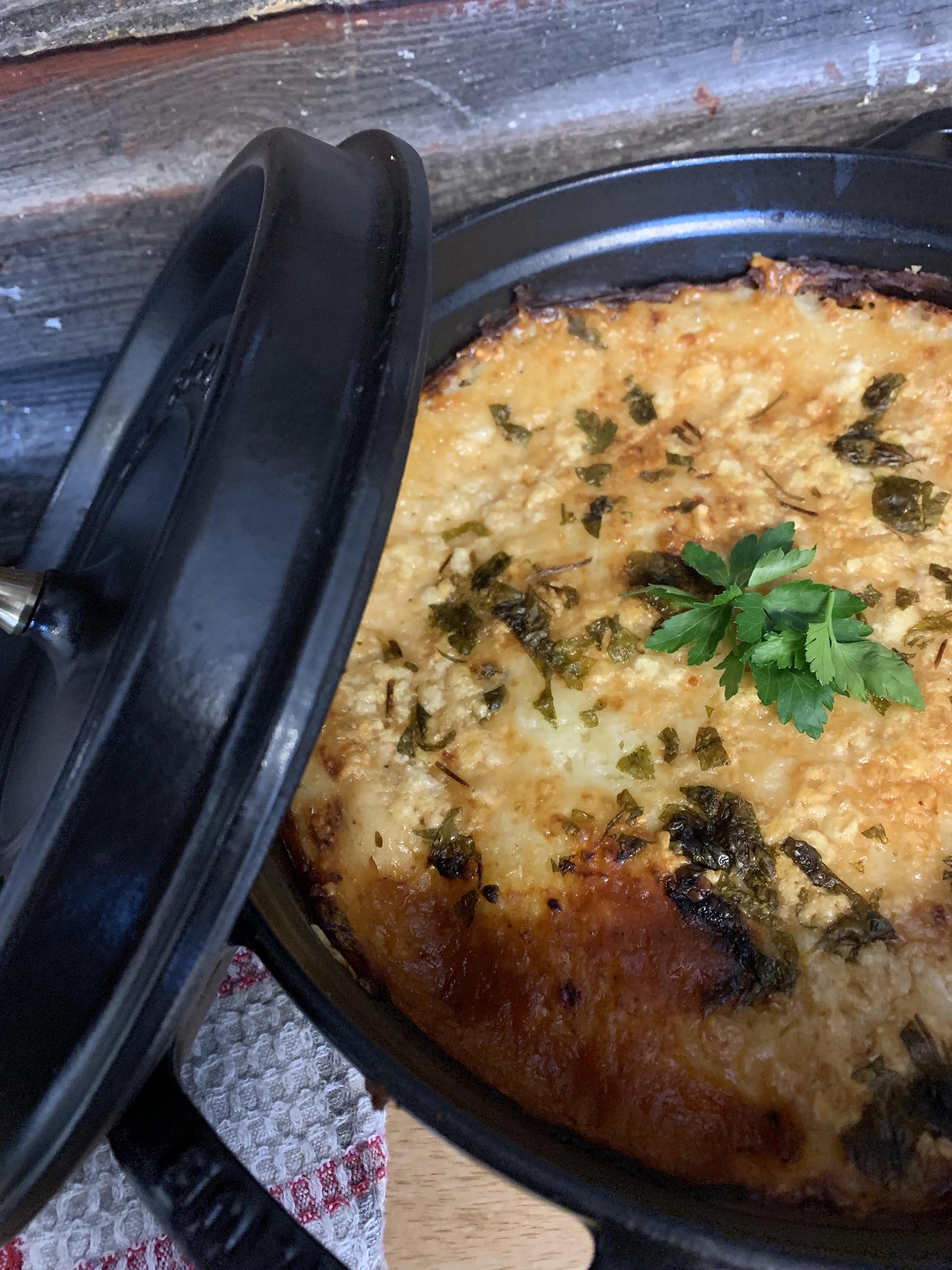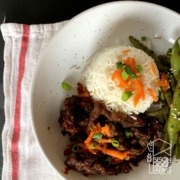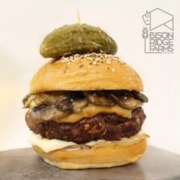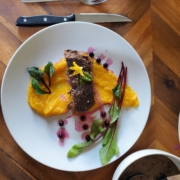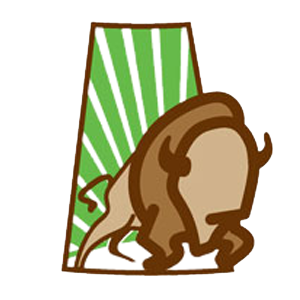How to cook bison roasts
We often are asked, “how do you cook bison roasts?” As we know, Bison is different than beef in that it is naturally leaner and has a deeper, rich colour and feel. What this means is that bison steak needs less time in the crock!
Becky Johnson from Bison Ridge Farms has been kind enough to share her tips for cooking the perfect bison roast.
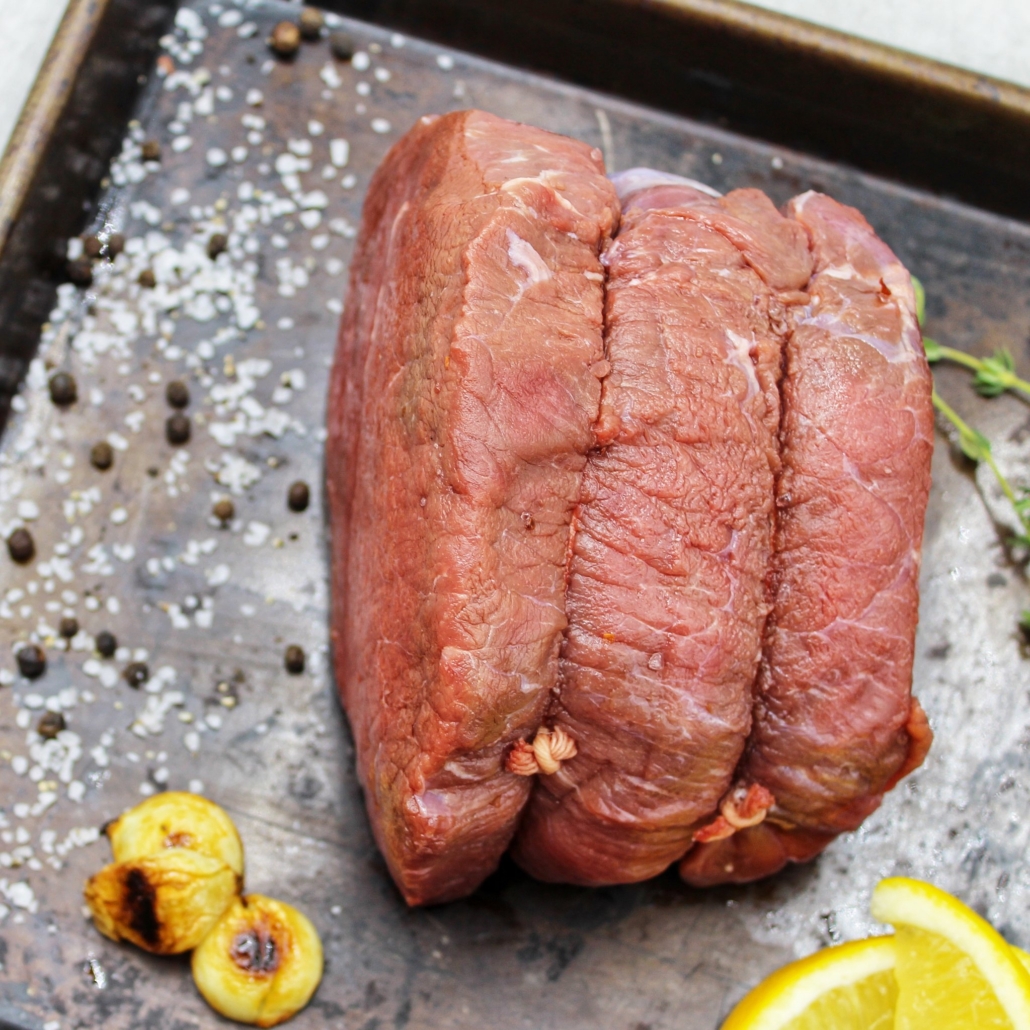
We got a Sous Vide at the end of 2020 and that has become our preferred method to cook a bison roast! Click here to see the recipe.
To begin the cook let the roast rest at room temperature for about an hour.
Salt and oil the roast then sear all sides till brown. This helps lock in all the juices. To be sure, I like to sear my roast in the same pan or pot I’ll be baking it in, typically a dutch oven. Bake in ¼ cup water, bison broth or wine at a low temperature of 275°F. Keep tender roasts like rib, sirloin, tenderloin or striploin uncovered while medium tender roasts like sirloin tip and hip roasts should be covered.
Premium cuts of roast should be cooked to a rare, medium-rare or medium temperature. You’ll want to undercook by 10° and let the roast rest on a plate for about 20 minutes before serving. During this period the roast will increase in temperature by about another 10°, soaking up all the juices in the process. Cook less tender cuts, like pot roasts, till fork tender.
– Rare: 135°F, cook to 125°F
– Medium Rare: 145°F, cook to 135°F
– Medium: 155°F, cook to 145°F
The best type of thermometer is a stainless-steel probe connected to a temperature gauge that sits outside of the oven. This way you can keep a close eye on the roast’s temperature without having to open the oven. If you don’t have this type of thermometer you can get away with just taking the roast out periodically to check the temperature. Though beware, the temperature seems to climb quickly the closer it gets to the end. Always insert the probe or thermometer into the thickest part of the roast making sure it doesn’t touch any bones.
Cooking time will vary based on the type, weight and desired cook for the roast. For reference the last roast I made was roughly a 2lb cross rib roast. After an hour of baking it was 110°F. Had I been paying more attention I should have checked it about 15 minutes later… I didn’t get to it till closer to 45 minutes later and it was way over done at 165°F, PLUS resting time this turned out to be a VERY well-done roast. In the end it was still tasty and eatable but not AS good as it could have been. Rest assured, it is unlikely I will make this mistake again!
Good luck!


